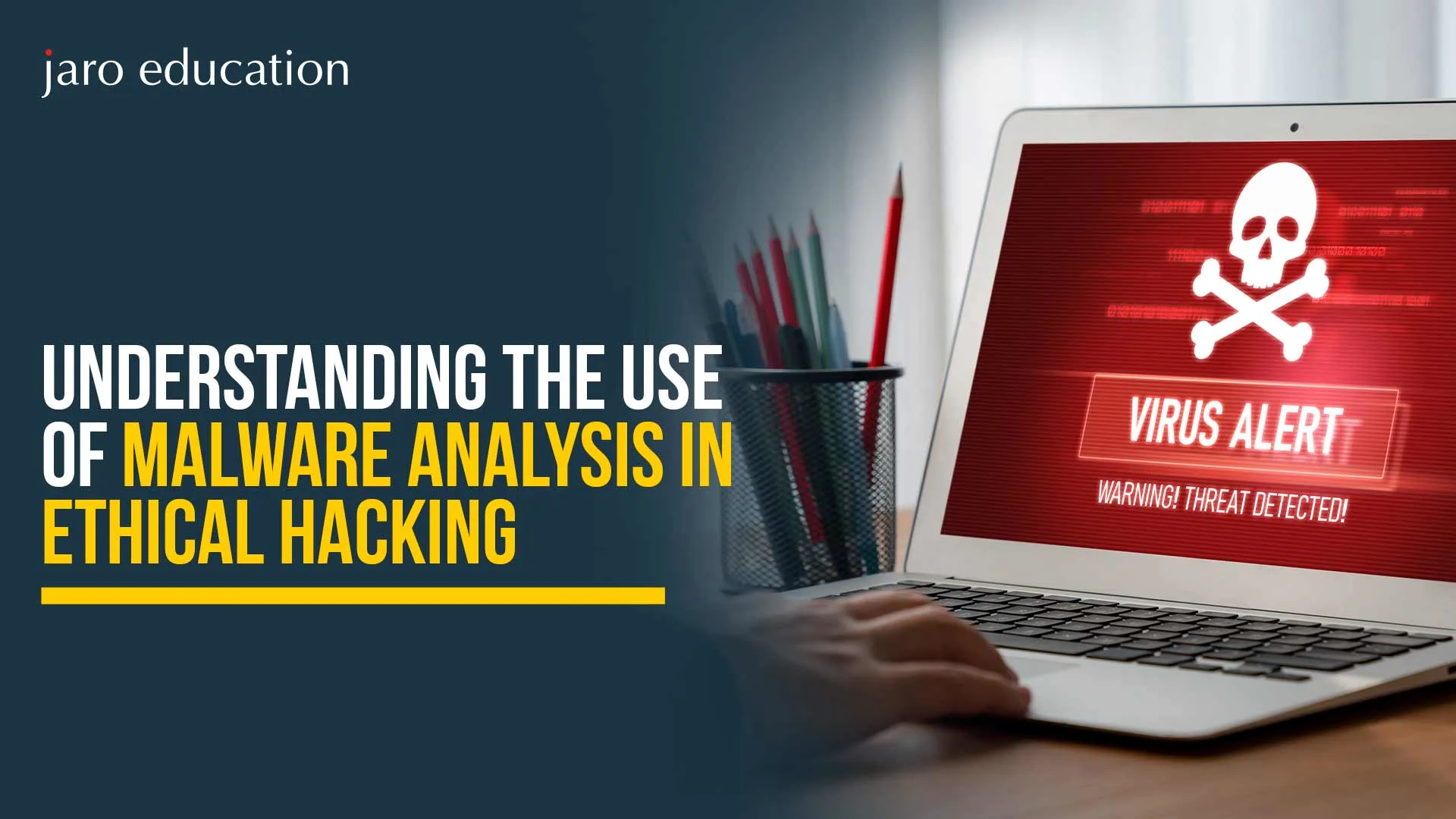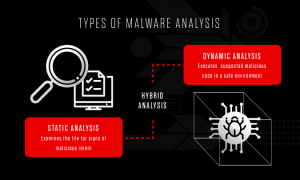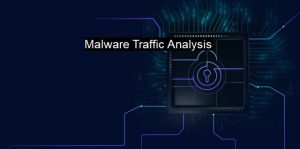
Understanding the use of Malware Analysis in Ethical Hacking
Malware analysis is a critical skill for ethical hackers who want to understand how malicious software works in order to identify vulnerabilities, mitigate threats, and ultimately protect systems and data from cyber-attacks. Ethical hackers can gain insights into how attackers operate, detect patterns and trends in the threat landscape, and develop effective defence strategies by analysing malware. In this context, malware analysis is a critical tool in the arsenal of ethical hackers responsible for identifying and neutralising security threats to ensure the digital ecosystem’s safety and security.
Table Of Content
What is Malware Analysis?
Types of Malware
Malware Analysis Techniques
Malware Traffic Analysis
Dynamic Analysis
Purpose of Malware Analysis in Ethical Hacking
Malware Analysis Tools
Advanced Professional Certification Programme in Cybersecurity and Ethical Hacking
Conclusion
Frequently Asked Questions
What is Malware Analysis?
Types of Malware
- Virus
- Worms
- Trojan horses
- Ransomware
- Spyware
- Adware
Malware Analysis Techniques
Malware analysis assists cybersecurity professionals in gaining insight into how malicious programs work and spread. Through the use of different malware analysis methods, professionals can effectively identify, block, and contain potential threats.

Malware Traffic Analysis

Key aspects of malware traffic analysis:
– Identifying unusual outbound and inbound network traffic.
– Detecting communication with suspicious IPs or domains.
– Analyzing packet captures (PCAPs) for harmful payloads.
– Using malware analysis tools like Wireshark and Zeek for detailed inspection.
– Correlating traffic behavior with known malware signatures and threat intelligence.
Dynamic Analysis
Purpose of Malware Analysis in Ethical Hacking
Malware Analysis Tools
Advanced Professional Certification Programme in Cybersecurity and Ethical Hacking
Conclusion
Frequently Asked Questions

